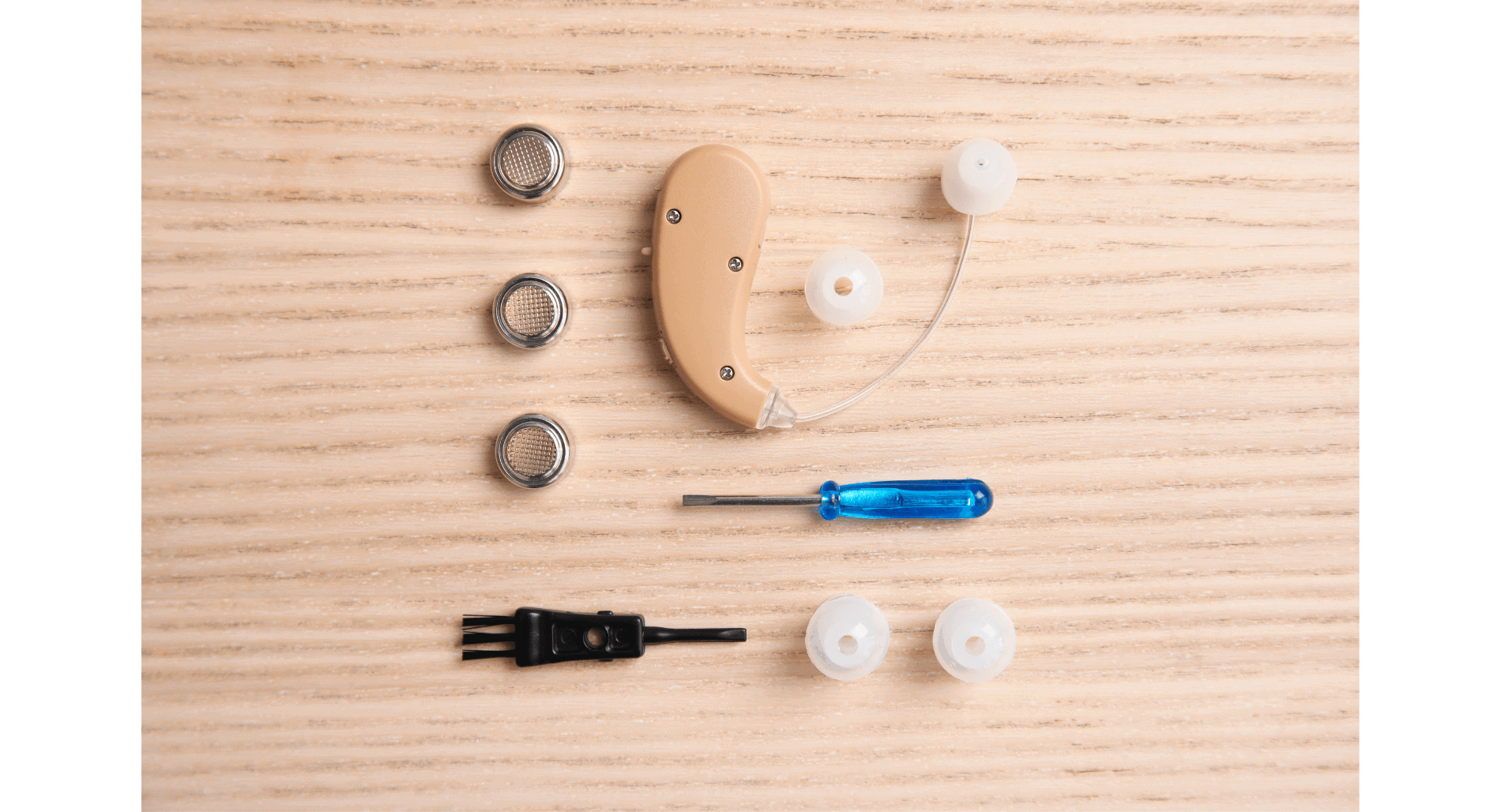
Hearing aids are essential for individuals experiencing hearing loss, offering the ability to stay connected with loved ones, engage in conversations, and appreciate the sounds of the world around them. However, like any electronic device, hearing aids can encounter issues that may affect their performance. Knowing how to perform basic repairs and maintenance can save time and ensure your hearing aid works effectively.
Understanding Common Hearing Aid Issues
Before diving into repairs, it’s crucial to understand the common problems that hearing aids may face. Many issues can be resolved with simple troubleshooting. Battery issues are among the most frequent problems, as batteries can drain quickly, especially if they are old or of poor quality. If your hearing aid is not working, the first thing to check is the battery. Another common issue is feedback, which is the whistling sound that sometimes occurs when the hearing aid is not fitting correctly or if there is a buildup of earwax. This can be both annoying and uncomfortable. Additionally, you may experience no sound or distorted sound, which can be due to blockages in the microphone or speaker, or issues with the internal circuitry. Lastly, connectivity problems are common with modern hearing aids that connect to smartphones or other devices via Bluetooth. These connectivity issues can disrupt the functionality and ease of use of your hearing aids.
Basic Maintenance Tips
Regular maintenance can prevent many common hearing aid problems. Cleaning your hearing aid regularly is crucial. Use a soft, dry cloth to clean your hearing aid every day, but avoid using water or cleaning fluids that could damage the delicate electronics. Checking for earwax buildup is also important, as earwax can block the sound outlet or microphone. Use a wax pick or loop to gently remove any wax you see. Proper storage of your hearing aid when not in use is essential. Store it in a dry, cool place, and if possible, use a hearing aid dehumidifier to remove moisture that can accumulate and cause damage. Lastly, always keep spare batteries on hand and replace them as needed. Make sure to dispose of old batteries properly to avoid any potential hazards.
Troubleshooting and Simple Repairs
Despite regular maintenance, your hearing aid may still encounter problems. If your hearing aid stops working, try replacing the battery first, ensuring the new battery is fully charged and inserted correctly. If you notice a decrease in sound quality, check for earwax buildup. Clean the earwax guard or replace it if necessary. Dust and debris can clog the microphone, causing sound issues. Use a small brush or a gentle vacuum cleaner to remove any obstructions from the microphone. For hearing aids with Bluetooth functionality, ensure your device is properly paired. Restart both your hearing aid and your smartphone to reset the connection and resolve any connectivity issues.
When to Seek Professional Help
While many issues can be resolved with DIY repairs, some problems require professional attention. If your hearing aid continues to malfunction after troubleshooting, it is time to schedule a hearing health exam with a provider. Professional repairs can address more complex issues such as circuitry problems, where internal electronic components may need expert repair or replacement. Persistent feedback issues may indicate a problem with the fitting or a need for reprogramming. Physical damage, such as cracks or breaks in the hearing aid casing, requires professional repair to ensure proper function. Regular checkups with a provider can help monitor your hearing and ensure your hearing aid is functioning correctly.
Tips for Prolonging Hearing Aid Lifespan
To ensure your hearing aid lasts as long as possible, it is important to avoid moisture. Keep your hearing aid away from water by removing it before showering or swimming. Handle your hearing aid with care, as they are delicate devices. Avoid dropping them or exposing them to extreme temperatures. Regularly schedule hearing health exams to monitor your hearing and ensure your hearing aid is functioning correctly. Proper maintenance and handling can significantly enhance the performance and lifespan of your hearing aid.
Taking care of your hearing aid with regular maintenance and basic DIY repairs can significantly enhance its performance and lifespan. By understanding common issues and knowing when to seek professional help, you can ensure that your hearing aid continues to provide you with clear and reliable sound. Remember, your hearing aid is a valuable tool that helps you stay connected to the world, so take the time to keep it in top shape.
